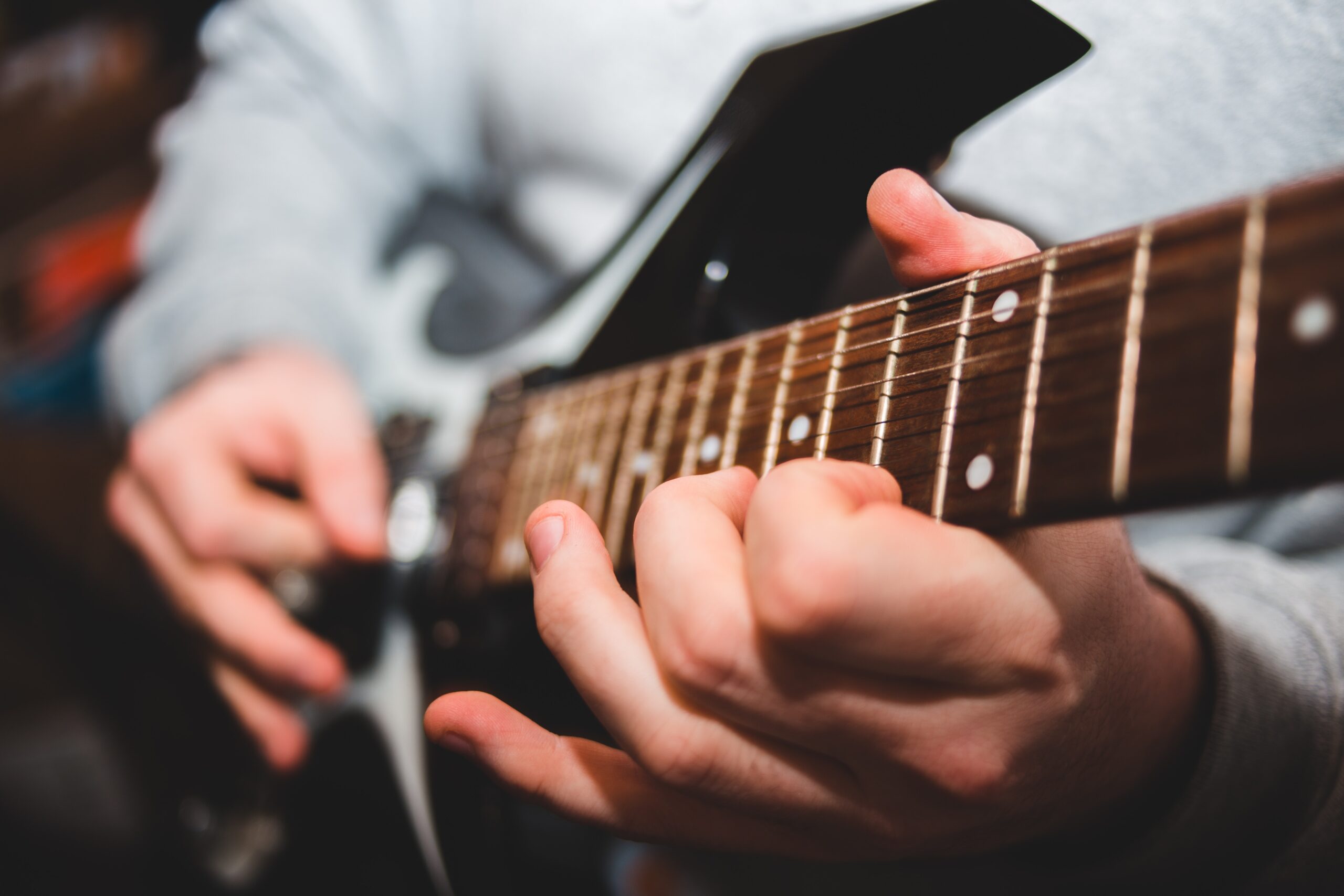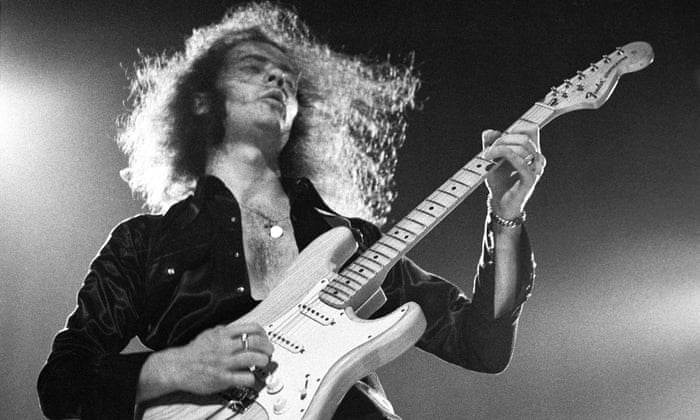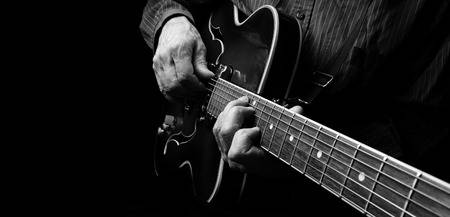It’s common for guitarists to get stuck in pentatonic scale boxes every now and again, and while you can sound great just milking box one of the minor pentatonic scale, it’s great to be able to travel the length of the fretboard without sounding like you’re moving from box to box; that’s where extended pentatonic scales come in!
I’m going to assume you already have a good knowledge of most of the classic five pentatonic positions on the fretboard and introduce you to these extended pentatonic scales, which will break you free of those trusty boxes.
Extended Pentatonics Scales – How They Work
We’re going to work in the key of G and we’ll cover both the minor and major pentatonic scales. In the diagram below, we start right down at the first fret and go all the way up to the tenth fret; that’s almost four pentatonic boxes we’re traveling through. Important: I’m not going to suggest any fingerings here, except to prohibit you from using 3-note-per-string type grips. Wherever there are three notes on a string, you want to use a slide, not a clunky 3NPS hand position.
I don’t really want you to run these as scales either. What I want you to do is find a musical way of getting from the lower notes to the higher notes, as if you were noodling. Don’t worry about memorizing the patterns either. If you practice them in a musical way, they’ll soon come out in your playing. The pattern below is the G Minor Pentatonic scale.

Let’s have a look at the Major Pentatonic version.

If you haven’t got to grips with the sound of the major pentatonic vs. the minor pentatonic, this pattern will help you immensely, as it avoids the ‘same pattern different scale’ confusion. Again, make your way up and down the pattern in a musical way.
This next pattern is G Minor Pentatonic further up the fretboard. Again, we’re traveling through at least three pentatonic boxes here. You know what to do.

Here’s the Major Pentatonic version for good measure.

What’s Next?
Once you’ve practiced these patterns for a while, you’ll realize that they’re heavily employed by Eric Clapton and Jimmy Page, and consequently everyone who was influenced by them, whether they realize it or not. If you want to take this idea further and apply it in a blues context, check out our Blues Soloing Maps – Playing the Changes books. Or treat yourself to an Eric Clapton Crossroads Overdrive Pedal (they’re great).



